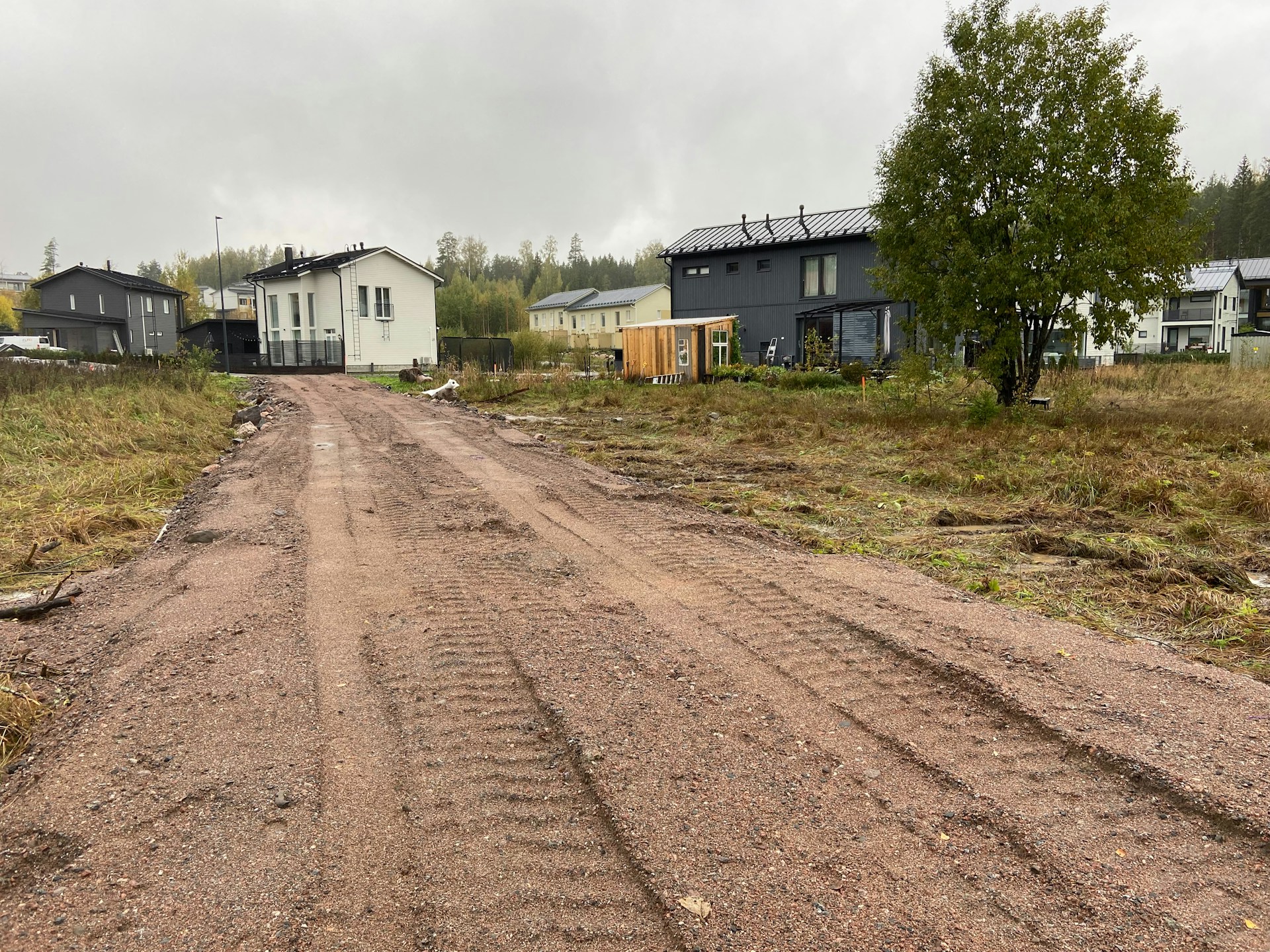Addressing Housing Inequality: The Role of Local Governments
Another feature of housing is it’s inequal distribution which intensifies socio-economic differentiation of a locality.
It comes out of societal factors like heightened housing costs, resource imbalances and disparities, as well as racism.
These challenges are however exacerbated by globalization and this is where local governments come into the picture since they are the only ones that are closer towards the people and hence be in a position to institute the correct policies towards realizing the vision of making the respective countries more developed.
In this blog post, we will look at three intervention strategies that local government can pursue for housing inequality reduction strategies.
Enacting Inclusive Housing Policies
Highway the fact is that local governments need to pay much emphasis on producing and implementing affordable and equitable housing policies.
Among the key measures, inclusionary zoning certainly has the largest effect.
This policy has required that developers of new housing units to include a proportion of the new units for low and moderate earners.
Rich in content and structure, inclusionary zoning brings affordable housing closer to various parts of the city, which eliminates the separation of populations by income.
Another important set of tools is rent control and stabilization laws.
These measures restrict the frequency with which landlord can push up rent prices appropriate for long-term residents where many neighborhoods risk gentrification.
For instance, New York City has for a long time banned or restrained rent and Berlin has also managed to shield its citizens from house speculation.
In addition, local governments can create the land trusts with an aim of preserving affordable housing.
Community land trust work on the purchase of land and holding the title to it while ensuring occupants of the properties live in the homes affordably permanently.
This model not only helps maintain lower housing prices but also makes communities control the process of local development.
Promoting Public-Private Partnerships
Municipal government coordination with other parties such as the private sector is important in increasing the supply of housing for low income earners and addressing the problem of housing inequality.
The case of housing inequality shows that through PPPs, resources, skills as well as funding can be combined to achieve more.
There are various ways through which governments can encourage the developers to build more affordable houses, these include: tax exemptions, grants as well as faster permits.
For example, local governments can negotiate ways of using excess public land in construction of affordable homes in collaboration with non-profit agencies and construction companies.
These initiatives makes it financially possible to build homes for low income earners by cutting down the cost of land acquisition and controlling the issue of housing inequality.
Furthermore, PPPs may finance innovative approaches to address housing inequality to provide housing including the prefabricated construction that lowers the costs and accelerates the pace of constructing the houses.
It is also important with technological advancement such as 3D printing that can be employed to construct cheap and affordable shelter.
That’s why these partnerships help governments to solve the problem of housing inequality, at the same time promoting sustainability and efficiency.

Enhancing Community Empowerment and Support
Housing inequality cannot be addressed by policies and buildings alone; but instead by passing through these affected communities.
Local governments can ensure protection of the rights of those particular groups of people by educating, counseling, and legally protecting their housing rights.
For instance, tenant advocacy programs can educate people of their rights where they live as well as represent them against eviction.
Support of communal establishment projects like, neighborhood redevelopment is also an effective way of reducing inequality.
These aim at developing the infrastructure; schools and public places with an effort of making sure the low income earners have a chance of accessing quality commodities in their neighborhoods.
There are additional recommendations that local governments can implement to support local communities to include involving people in decision making processes.
Engaging the citizens in planning processes and policies on urban development housing will guarantee that they find solutions more appropriate.
Such an approach also maximises the possibility of trust between citizens and the government thus providing sustainable and fairly shareable results.
Conclusion: Navigating the Course for African American Housing Rights
Local authorities are in a position best suited to induce change when it comes to resolving housing inequality.
In particular, this study argues that when they undertake inclusive policies, public private partnerships, and community enablement, they can fashion a fairly egalitarian housing environment.
But realize this aim necessitates the enlistment of collaboration, innovative, and sustainable planning.
As these programmes are implemented their success will depend on the commitment of the policy makers, developers and residents.
When enacted collectively, local governments can set the example for communities which are blessed with safe, affordable and decent shelter for all people.
Also read: Affordable Housing Organizations: Global Efforts to Address the Housing Crisis

